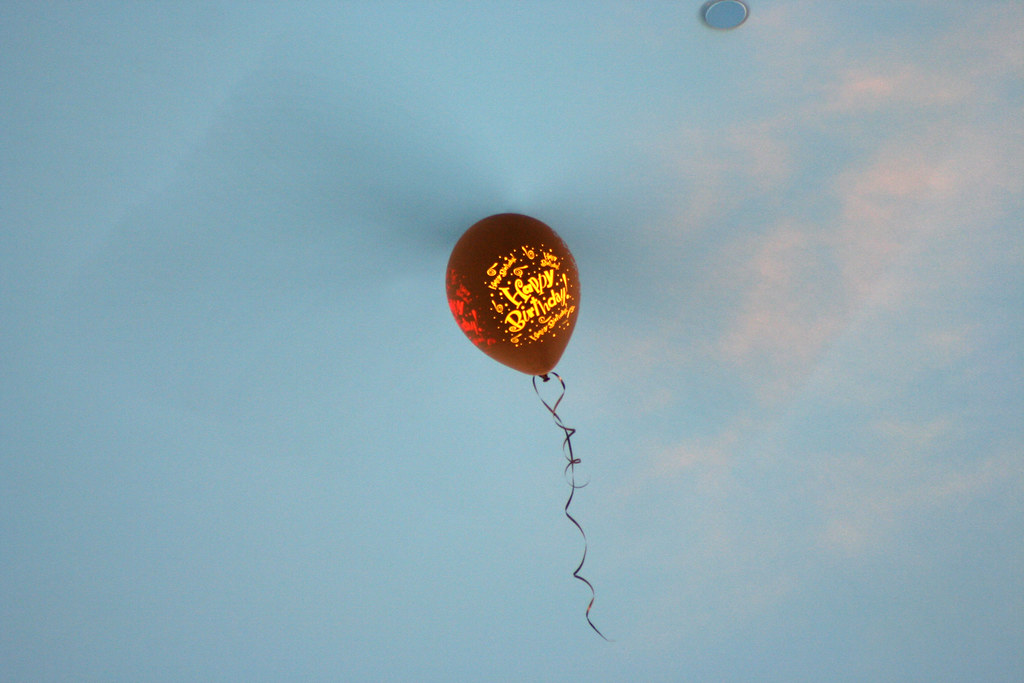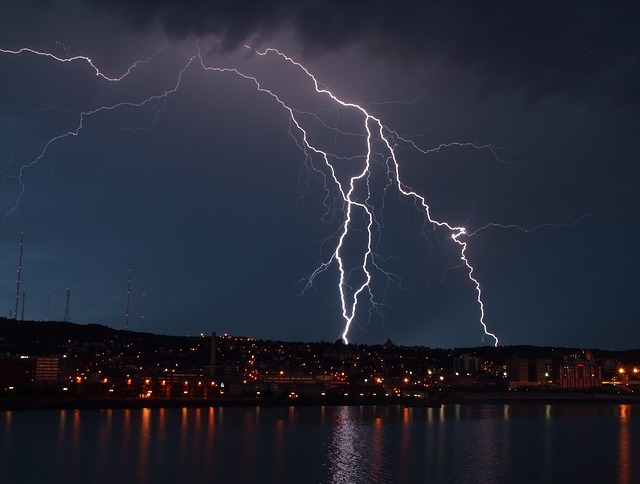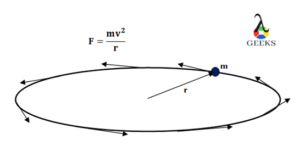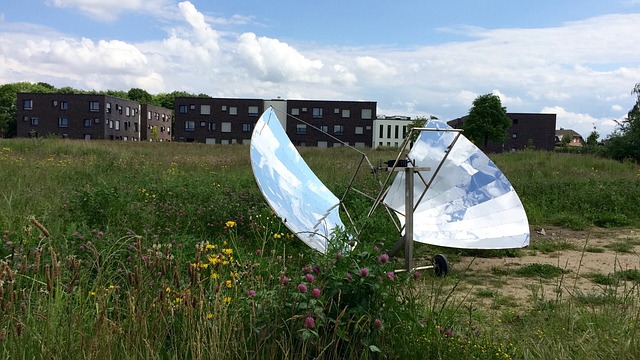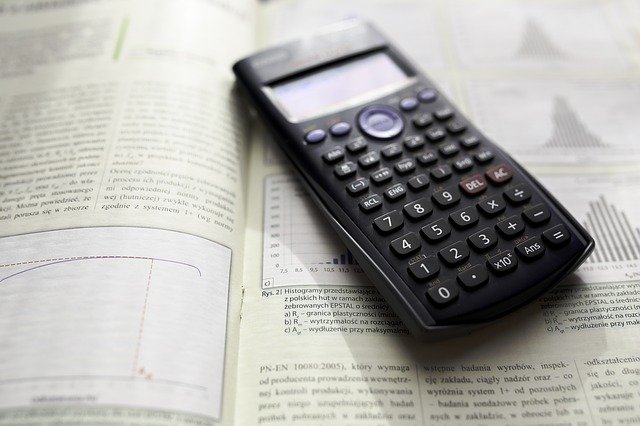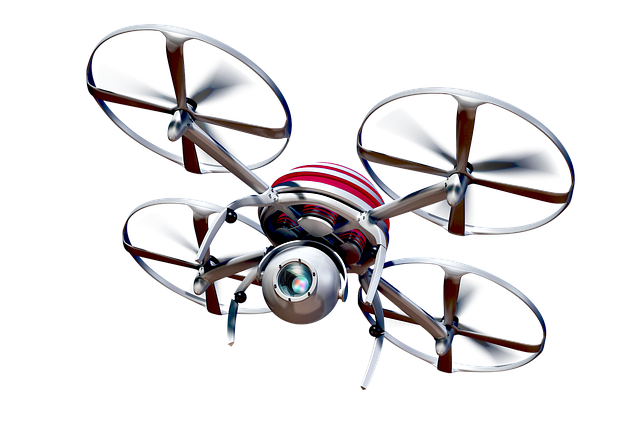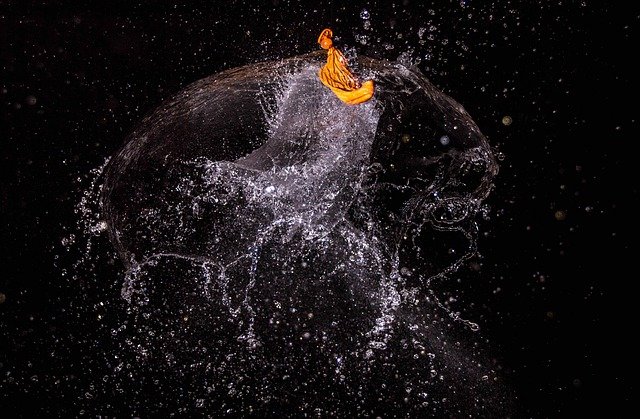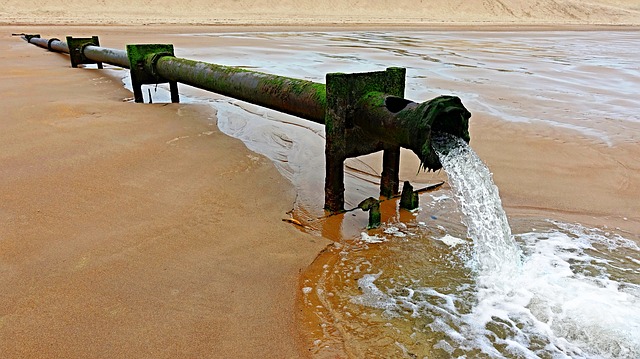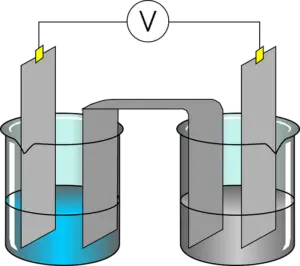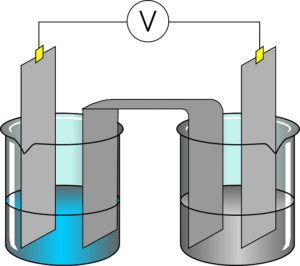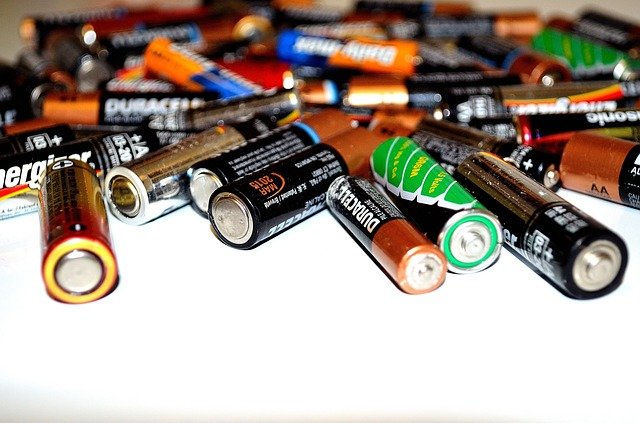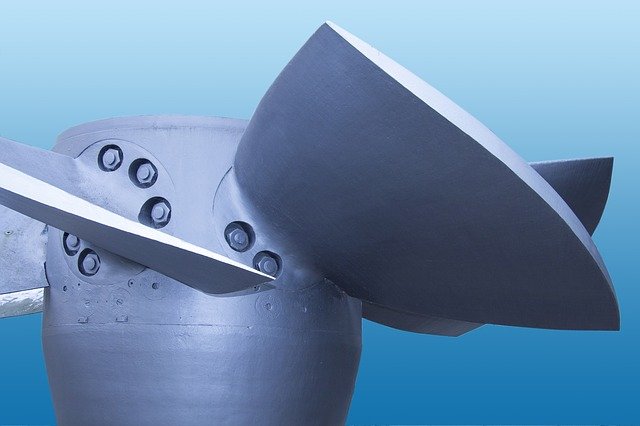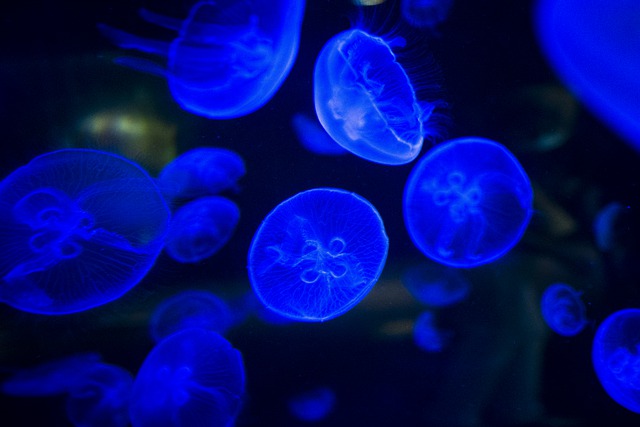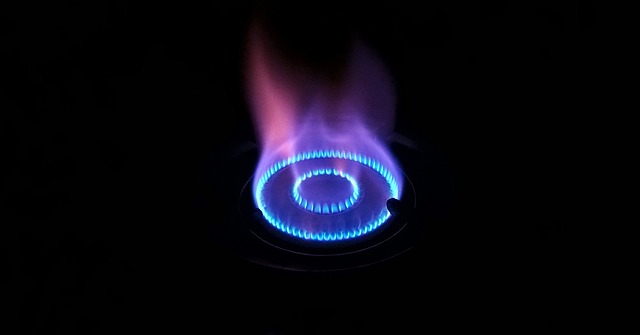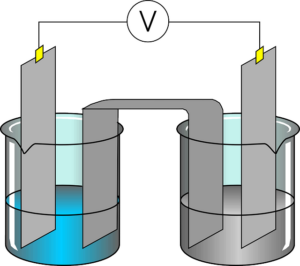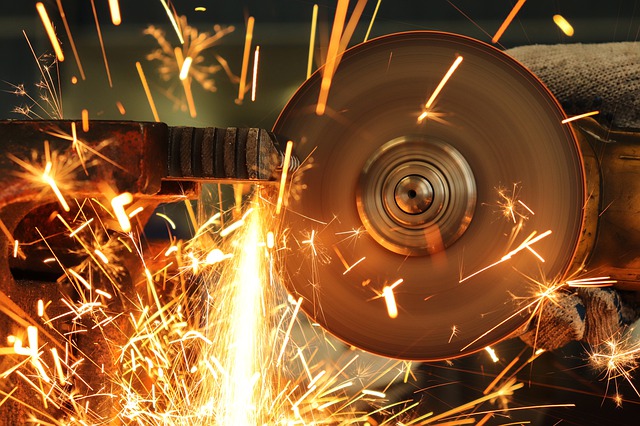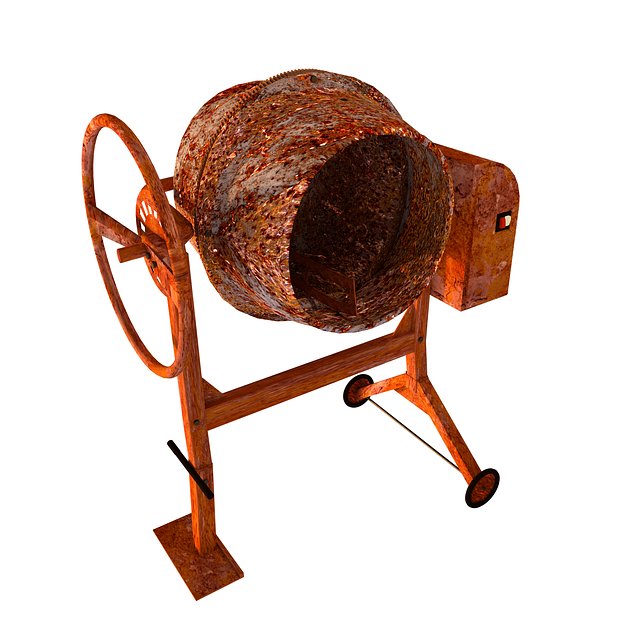The relative change in the frequency of the sound or light due to the motion of the observer and the source, this effect is termed as a Doppler effect after a scientist Christian Doppler. We shall discuss a few doppler effect examples below.
As the distance between the source and the observe decreases, the wavelength becomes shorter and frequency increases,
and if the distance between both increases the frequency decreases
, where v is a velocity of sound, f is a change in frequency, f0 is a actual frequency, v0 is a velocity of object, vs is a velocity of source.
Vehicle Running on the Road
You must be familiar with the phenomenon of a Doppler Effect due to the moving vehicle in speed.

If you are standing on the roadside, you must have heard the variation in the sound wave of approaching vehicle and after it recedes away from you.
Trumpet
If you pass by a trumpet player, you will notice a variation in the sound as you walk away from the trumpet player. This is due to the Doppler Effect.

As you walk away, the distance between the source and the receiver increases thus decreasing the frequency of the sound of notes received by you.
Read more on 17+ Example of kinetic to sound energy: Detailed explanations.
Ultrasonic Sensor
The ultrasonic sensor generates and emits a wave; which is received back when these waves reflect on hitting the obstacles. This is used to detect the water level, distance from the obstacles, depth of the water, etc.

RADAR
Radio Detection and Ranging is devices used to detect obstacles from a far distance using electromagnetic waves. The waves received back on reflecting from the surface of the obstacle in case the obstacle comes in a range of the device.
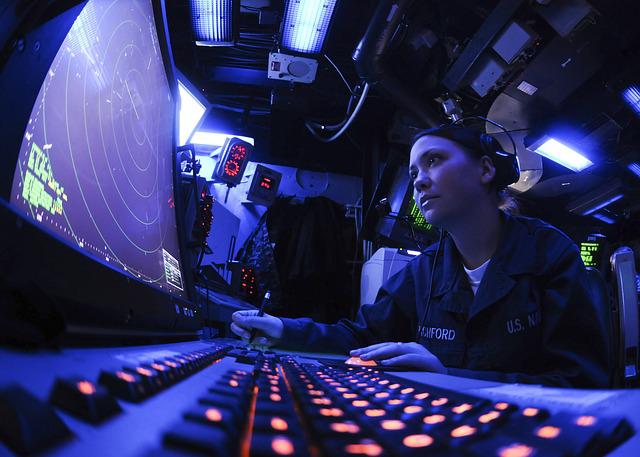
There are different software used to read the distance and the location of the obstacles from the source. RADARs are used as navigators for ships and airplanes during bad weather conditions.
Astronomy
Doppler Effect has also made it possible to calculate the distance of the comet or asteroids approaching the Earth. The variation in the frequency of the waves from the heavenly body can be used to determine the velocity of the body and the distance at which it is present.
Read more on 10+ Example of Potential Energy to Sound Energy: Detailed Explanations.
Resonance from Pipe
A sound wave produced at one end of the pipe will set up the vibration in the air molecules inside a volume of a pipe producing a region of contraction and rarefaction. Due to this, the frequency of a sound wave will frequently differ.
Train
If you hear a sound of a whistle from a train approaching a station, the frequency of the sound decreases as the train pass by you. This is due to the Doppler Effect.

Read more on 5+ Interference Of Sound Examples: Detailed Facts.
Ambulance Sirens
If you are driving a vehicle in a lane and you hear a sound of a siren of an ambulance approaching you, the sound frequency will keep on increasing gradually until it pass by you and then the sound frequency reduces.

Read more on 4+ Diffraction Of Sound Examples: Detailed Insight And Facts.
Blowing Horns
A bus driver overtaking a truck blows the horn for a while until it overtakes. The frequency of a horn heard by the truck driver before overtaking and after is different. While approaching the truck, the sound heard by the truck driver was of frequency
and once it overtakes the truck, the frequency of the sound now heard by the truck driver is
Music Instruments
When you heard nice pleasant music being played, and you try to follow the music from where it is played to find out who is the one playing such splendid music, you know that the frequency of the music keeps on increasing. In case it decreases then it is certain that you are moving on the wrong path away from your goal.

Read more on Does Sound Frequency Change With Medium: Why Not.
Person Shouting from the Valley Top
Consider a person standing on the top of the hill and talking in a loud voice with a person standing down the hill. The sound heard by the person and the actual frequency of a person on the hill will be different. This is also due to the Doppler Effect.
Loudspeaker in a Room
The amplified sound emerging from the loudspeaker will emit the audio waves in all directions. The sound waves received by the listener sitting at different areas in the room will receive different numbers of audio waves and thus different frequencies. Also, the person standing behind the loudspeaker will receive the reflected wave thus sound waves of low frequency.
Read more on 10+ Example of electrical energy to sound energy: detailed explanations.
Boating in a Pond Water
Suppose there is a square shape pond and two people are standing exactly opposite to each other at pole A and pole B respectively and a group of people are on a paddleboat in a pond. The boat is traveling from pole A to B.

As the boat crosses halfway, a person standing at pole A will see that the speed of the boat is reduced than its actual speed and a person at pole B will see that boat is traveling slightly at a greater speed than its normal speed. This is due to the Doppler Effect.
River Side
If there is a noise from the land across the river, the frequency of the audio waves received at all the points at different angles will vary greatly.
Music Band Passes by the Roadside
The sound frequency increases steadily as the band cross by the roadside and then decreases gradually as the band recedes away from you.
Read more on 4+ Diffraction Of Sound Examples: Detailed Insight And Facts.
Frequently Asked Questions
Does the Doppler Effect of sound, waves, or light depend upon the distance?
The Doppler Effect relies upon the distance between the source and the receiver.
The frequency of the waves differs as the distance between the two changes. The frequency of the waves is higher when the distance between the two is lessening whereas the frequency decreases as the spacing between the two rises.
What is reverberation?
It is a resonance of sound waves heard for a prolonged time.
It is due to the echoing that is the reflection of sound waves on hitting the obstacles and the waves are thrown back and received by the listener; that is the audio wave passes back to the source.
Read more about Doppler Effect For Moving Observer.
Also Read:




